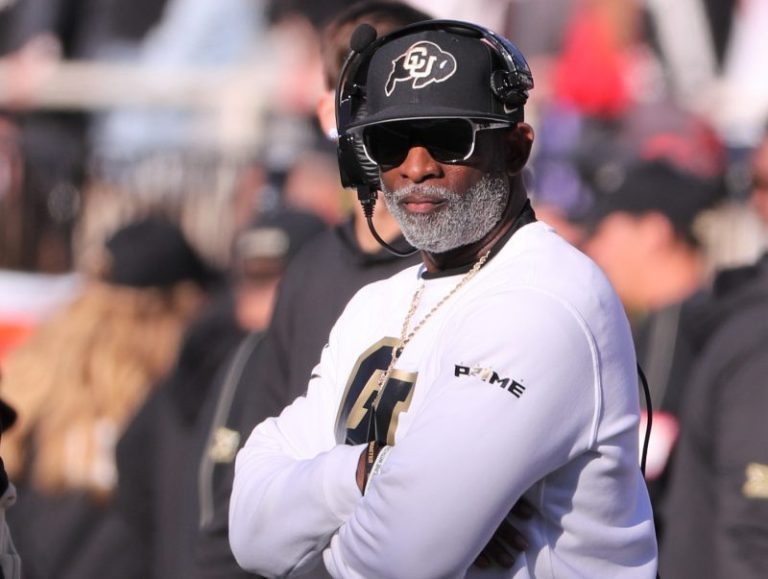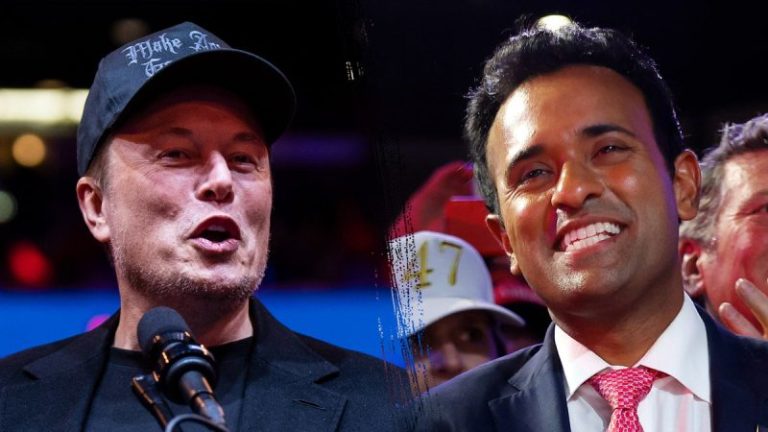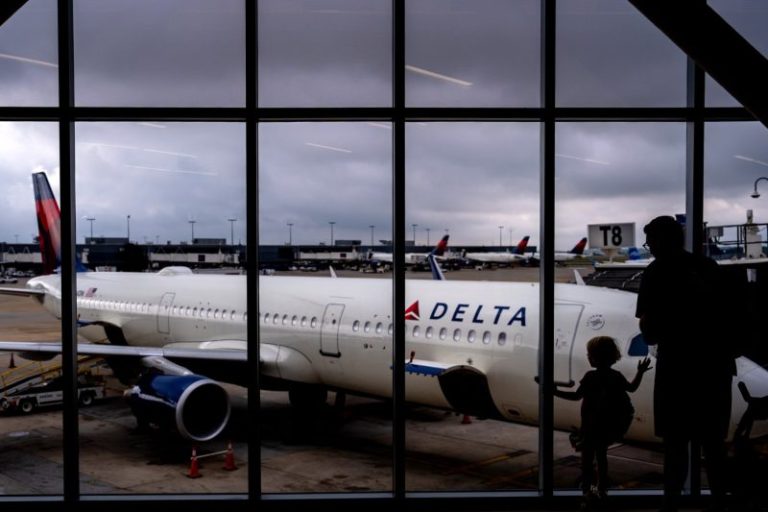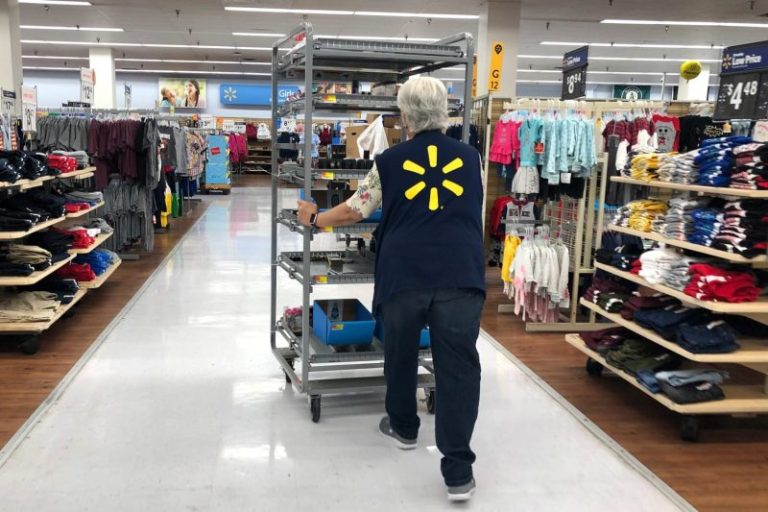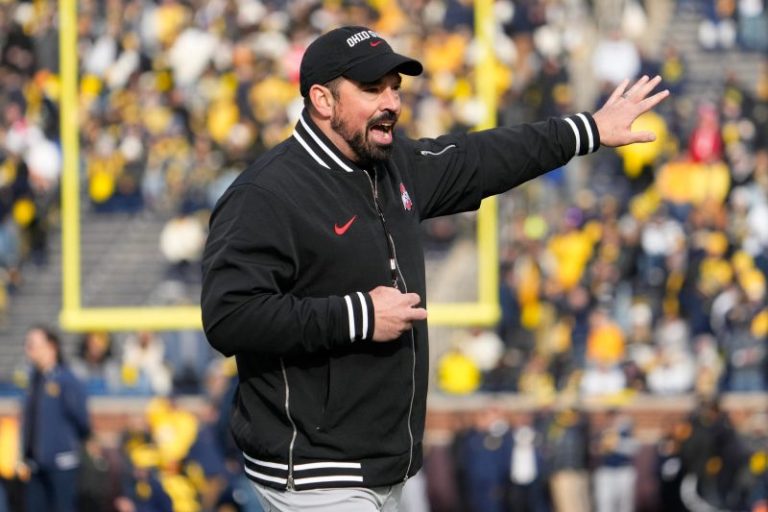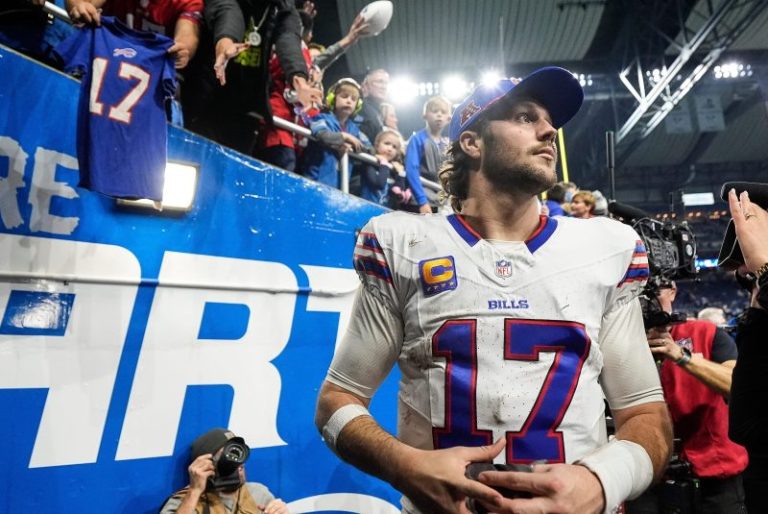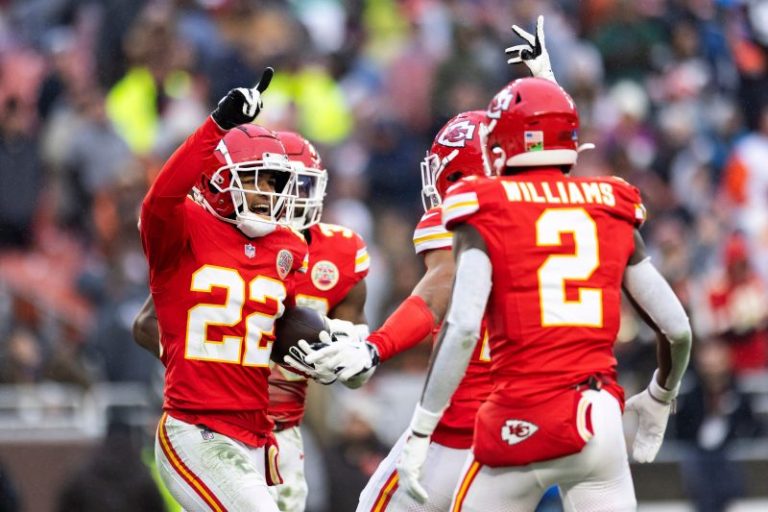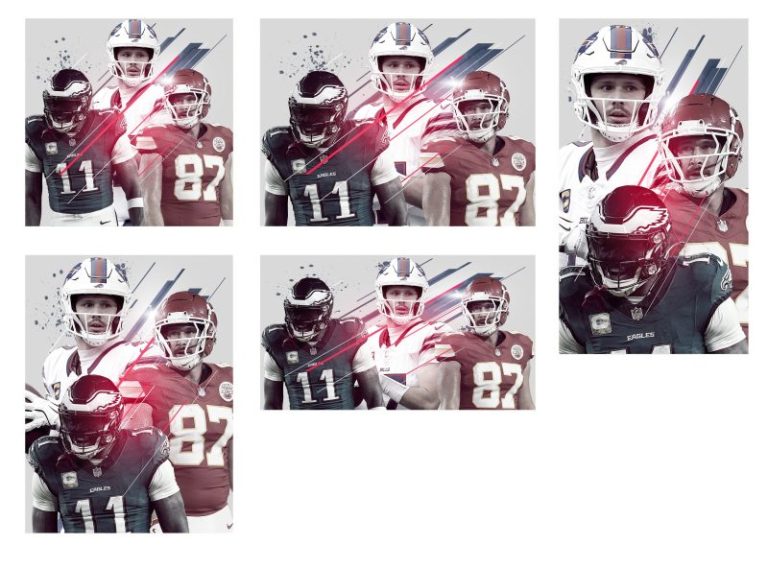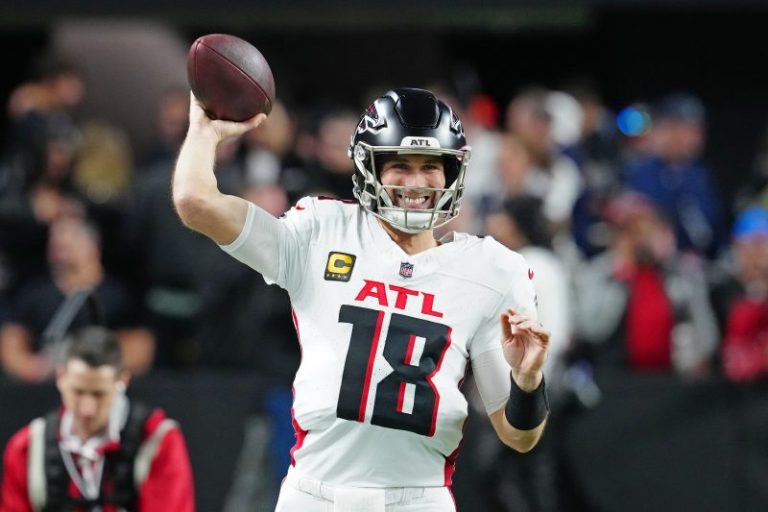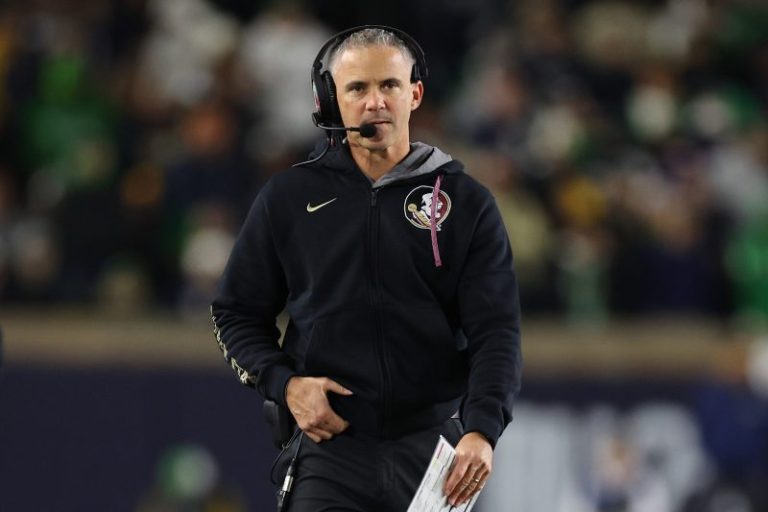Every week for the duration of the 2024 NFL regular season, USA TODAY Sports will provide timely updates to the league’s ever-evolving playoff picture − typically starting after Sunday afternoon’s late games and then moving forward for the remainder of the week (through Monday’s and Thursday’s games or Saturday’s, if applicable).
What just happened? What does it mean? What are the pertinent factors (and, perhaps, tiebreakers) prominently in play as each conference’s seven-team bracket begins to crystallize? All will be explained and analyzed up to the point when the postseason field is finalized on Sunday, Jan. 5.
Here’s where things stand with Week 15 of the 2024 season complete:
NFC playoff picture
x – 1. Detroit Lions (12-2), NFC North leaders: After getting stomped by Buffalo on Sunday, they’re in a three-way tie atop the conference and deadlocked for the division lead following the Vikings’ win Monday night. A Week 7 win over Minnesota and conference record (8-1) that’s one game better than Philly are the tiebreakers currently serving the Lions, who may still need to win out to keep their divisional throne. Remaining schedule: at Bears, at 49ers, vs. Vikings
NFL STATS CENTRAL: The latest NFL scores, schedules, odds, stats and more.
x – 2. Philadelphia Eagles (12-2), NFC East leaders: Winners of 10 straight, they could not clinch the division Sunday following Washington’s victory in New Orleans but can do so by ousting the Commanders in Week 16. Still, the Iggles did pull even with Detroit, but they’ll need another Lions slip-up to move into the conference’s top spot. Remaining schedule: at Commanders, vs. Cowboys, vs. Giants
3. Tampa Bay Buccaneers (8-6), NFC South leaders: They embarrassed the Chargers on Sunday, which means – regardless of Atlanta’s triumph Monday night – the Bucs remain atop the division for at least another week. Seattle’s loss pushed them up a spot, Tampa Bay with a better record (6-3) in conference games than the Rams (5-5). Remaining schedule: at Cowboys, vs. Panthers, vs. Saints
4. Los Angeles Rams (8-6), NFC West leaders: Win out, and they are division champs. LA overtook the Seahawks on Sunday night by virtue of their Week 9 victory at Seattle. Remaining schedule: at Jets, vs. Cardinals, vs. Seahawks
x – 5. Minnesota Vikings (12-2), wild card No. 1: They clinched a spot Sunday night thanks to Seattle’s loss. Monday’s victory over Chicago means the Vikes control their own fate in the NFC North – win out, and the division is theirs. Remaining schedule: at Seahawks, vs. Packers, at Lions
6. Green Bay Packers (10-4), wild card No. 2: Getting swept by Detroit pretty much relegates the Pack to wild-card status, but they’ll have to wait to clinch despite handling the Seahawks on Sunday night. Remaining schedule: vs. Saints, at Vikings, vs. Bears
7. Washington Commanders (9-5), wild card No. 3: They barely survived the Saints, but it was enough to keep them alive one more week in the division with the NFC East still technically up for grabs. Remaining schedule: vs. Eagles, vs. Falcons, at Cowboys
8. Seattle Seahawks (8-6), in the hunt: Sunday night’s loss to Green Bay dropped them not only out of the NFC West lead but from the projected field entirely. And they may have to move forward without injured QB Geno Smith. Remaining schedule: vs. Vikings, at Bears, at Rams
9. Atlanta Falcons (7-7), in the hunt: Their four-game losing streak is over after they labored past the Raiders on Monday night. Catch the Bucs, whom the Dirty Birds swept, and they’re back atop the NFC South. A 6-3 mark in NFC games puts them three games ahead of Arizona as it pertains to that tiebreaker. Remaining schedule: vs. Giants, at Commanders, vs. Panthers
10. Arizona Cardinals (7-7), in the hunt: They broke a three-game skid by beating the Patriots but, at this point, need the NFC West field to come back to them. Remaining schedule: at Panthers, at Rams, vs. 49ers
11. San Francisco 49ers (6-8), in the hunt: Thursday’s loss to the Rams was a near-fatal blow to the reigning NFC champs, who have better than a 99% probability of missing postseason, per NFL.com. Remaining schedule: at Dolphins, vs. Lions, at Cardinals
12. Dallas Cowboys (6-8), in the hunt: Like the Niners, whom they lost to in Week 8, their postseason hopes are on life support despite Sunday’s win in Charlotte. Remaining schedule: vs. Buccaneers, at Eagles, vs. Commanders
All NFL news on and off the field. Sign up for USA TODAY’s 4th and Monday newsletter.
AFC playoff picture
y – 1. Kansas City Chiefs (13-1), AFC West champions: A 21-7 win in Cleveland on Sunday keeps them in driver’s seat for home-field advantage … provided QB Patrick Mahomes’ ankle injury isn’t overly serious. Two more wins will lock in home-field advantage and a first-round bye, though another Buffalo loss would ease the requirement to one win. Remaining schedule: vs. Texans, at Steelers, at Broncos
y – 2. Buffalo Bills (11-3), AFC East champions: Sunday’s win in Detroit probably does more for their collective psyche than it really does for their playoff positioning right now. Pittsburgh’s loss makes Bills’ second-place standing in the conference more comfortable … as does a very inviting closing stretch. Remaining schedule: vs. Patriots, vs. Jets, at Patriots
x – 3. Pittsburgh Steelers (10-4), AFC North leaders: Decidedly mixed bag Sunday. The Colts’ loss (combined with Miami’s) clinched a postseason berth for the Steelers. However they’re backing up to the Ravens, this week’s opponent, in the division and probably now out of the running for the No. 1 seed. Still, beat Baltimore on Saturday afternoon, and the Steelers put a bow on the division. Remaining schedule: at Ravens, vs. Chiefs, vs. Bengals
y – 4. Houston Texans (9-5), AFC South champions: Sunday’s win combined with Indianapolis’ loss assured they’ll rule a weak division for the second straight year. Remaining schedule: at Chiefs, vs. Ravens, at Titans
5. Baltimore Ravens (9-5), wild card No. 1: They cruised past the sleepwalking Giants and picked up a game on Pittsburgh, the Ravens’ opponent in Week 16. Maybe the AFC North throne isn’t out of sight, though Baltimore can’t resume the top spot Saturday even by defeating the Steelers. One more win secures a wild card, at minimum. Remaining schedule: vs. Steelers, at Texans, vs. Browns
6. Denver Broncos (9-5), wild card No. 2: It’s a near certainty they’ll make their first postseason trip since winning Super Bowl 50 nine years ago. But they’ll drop back down to the seventh seed if they get swept by Bolts on Thursday night. Another win secures a berth. Remaining schedule: at Chargers, at Bengals, vs. Chiefs
7. Los Angeles Chargers (8-6), wild card No. 3: Are they suddenly ‘Charger-ing’? Three losses in the past four weeks have slipped them into the final wild-card spot … though it appears their pursuers are bolting with even more speed. Remaining schedule: vs. Broncos, at Patriots, at Raiders
8. Indianapolis Colts (6-8), in the hunt: After Sunday’s loss at Denver, it’s basically over. Remaining schedule: vs. Titans, at Giants, vs. Jaguars
9. Miami Dolphins (6-8), in the hunt: After Sunday’s loss at Houston, it’s basically over. Remaining schedule: vs. 49ers, at Browns, at Jets
10. Cincinnati Bengals (6-8), in the hunt: They won in Nashville on Sunday, meaning there’s still a faint pulse. A 3-6 conference mark keeps them buried behind Fins and Colts. Remaining schedule: vs. Browns, vs. Broncos, at Steelers
NFL playoff clinching scenarios for Week 16
Kansas City clinches AFC’s No. 1 seed with:
Win + Buffalo loss or tie
Tie + Buffalo loss
Pittsburgh clinches AFC North with:
Win
Baltimore clinches playoff berth with:
Win or tie
Miami loss or tie + Indianapolis loss or tie
Denver clinches playoff berth with:
Win or tie
Miami loss or tie + Cincinnati loss or tie + Indianapolis loss or tie
Los Angeles Chargers clinch playoff berth with:
Win + Miami loss or tie + Indianapolis loss or tie
Tie + Miami loss + Indianapolis loss + Cincinnati loss or tie
Philadelphia clinches NFC East with:
Win or tie
Green Bay clinches playoff berth with:
Win or tie
Atlanta loss or tie + LA Rams loss or tie
Atlanta loss or tie + Seattle loss or tie
Washington clinches playoff berth with:
Win + Atlanta loss or tie + LA Rams loss or tie
Win + Atlanta loss or tie + Seattle loss or tie
Tie + Atlanta loss + Arizona loss or tie + LA Rams loss or tie + Seattle loss or tie (as long as Rams and Seahawks both don’t tie)
NFL teams eliminated from playoff contention in 2024
x – clinched playoff berth
y – clinched division
***
Follow USA TODAY Sports’ Nate Davis on X, formerly Twitter, @ByNateDavis
This post appeared first on USA TODAY

